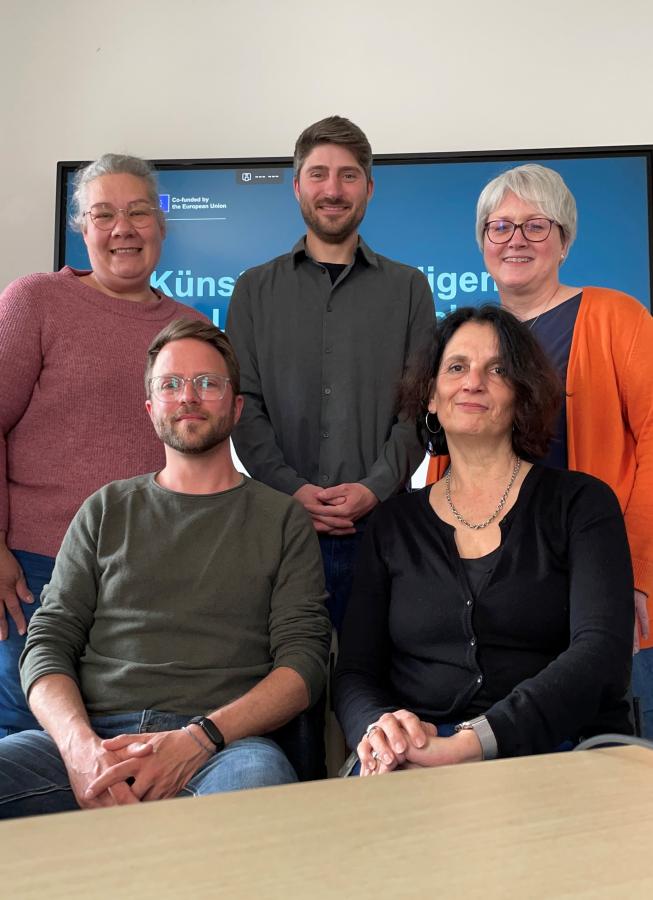
Making flood risk information accessible: exploring AI-powered easy language translation in the FIER project
In the FIER project, the Jade Hochschule University of Applied Sciences explored the potential of generative artificial intelligence (AI) to translate flood risk related information into Easy Language. Easy Language ensures that critical information about flood risks and protective measures areaccessible and understandable to everyone, including people with cognitive limitations, language barriers, or reduced reading skills. Making this information comprehensible for all community members is crucial because clear understanding significantly improved individuals' preparedness, safety, and decision-making during flood events. However, translating information into Easy Language is time consuming and expensive.Using AI-driven translation tools can help to speed up the creation of accessible content, thereby improving public outreach and inclusivity. But whether it is possible to use the outcomes straight away needed to be distinguished.

From testing AI for easy language to planning inclusive flood responses: insights from jade hochschule
Jade Hochschule University of Applied Sciences on their tests: “Our preliminary tests evaluated whether generative AI could accurately and effectively simplify complex technical terms and instructions related to flood protection. Therefore, we compared outcomes of AI generated texts in Easy Language with those created by a professional translation service. We compared statistical facts like word and sentence length, the number of difficult words, and resulting readability scores. The professional translation was rated the best by a significant margin in terms of complexity and readability. We also held a workshop with people representing groups with language barriers to discuss the comparison results and how they felt about the text examples. Contrary to expectations, everyone at the workshop agreed that the AI-generated texts in Easy Language need some more work before they can be published.”
Looking ahead, the Jade Hochschule University of Applied Sciences will further expand its activities by developing scenario-based evacuation strategies. In recurring regional forums, modelled scenarios with a focus on inland flooding caused by high precipitation for the German Wesermarsch region will be discussed. As requested by stakeholders, the scenarios are modelled based on the amount and duration of precipitation that caused flooding in the Wesermarsch region in the winter of 2023. The results will be used to discuss evacuation strategies and appropriate risk communication with thestakeholders involved. These strategies will specifically address the needs and capabilities of different population groups, which are often not considered in planning processes, and ensure that evacuation processes during flood scenarios are realistic and efficient. As an example, Jade Hochschule University of Applied Sciences intends to focus on raising flood risk awareness among older adults who may not require full-time care but may have mobility or other limitations. By tailoring information materials to this population, they aim to improve their preparedness and resilience to flood events.
